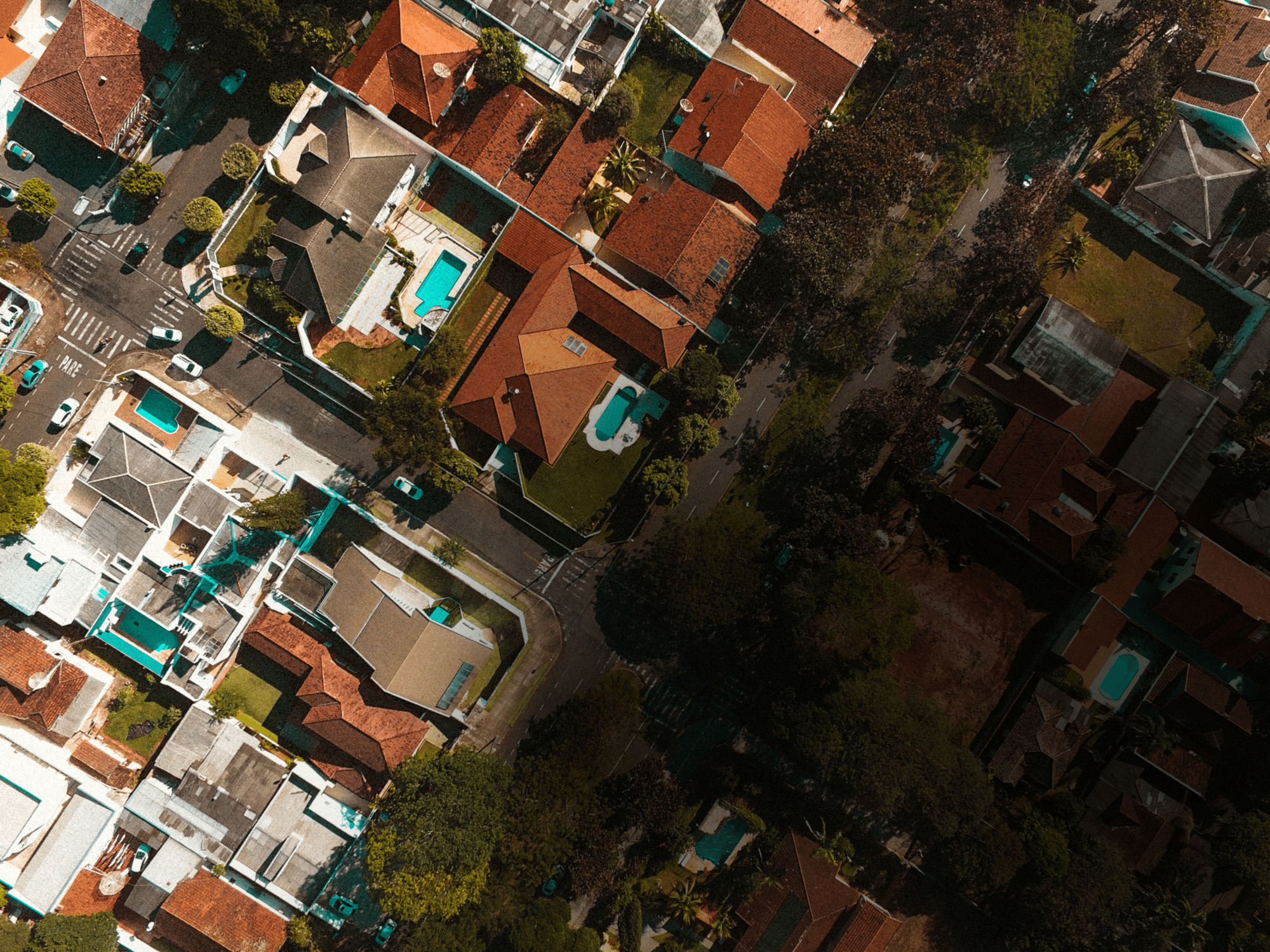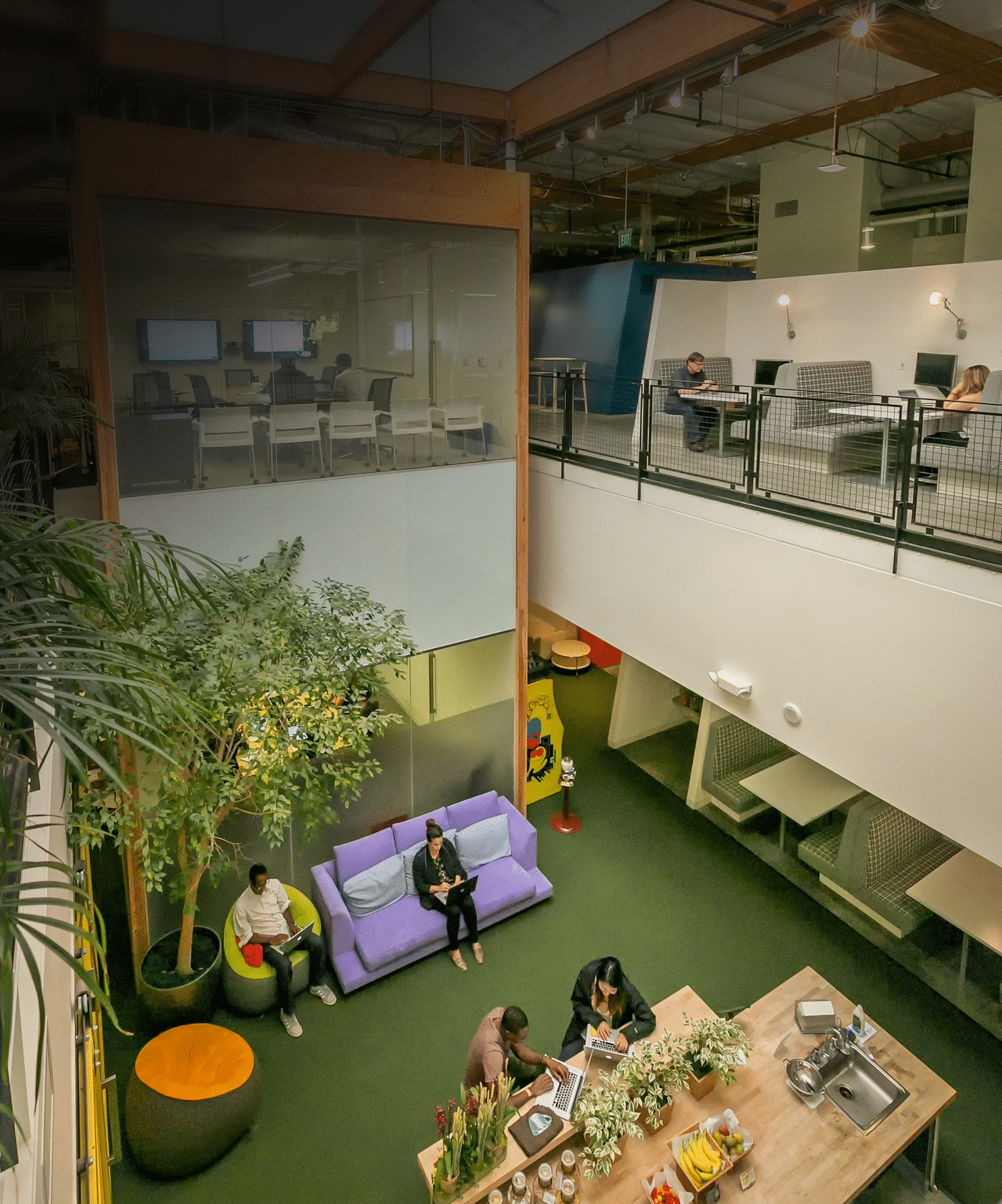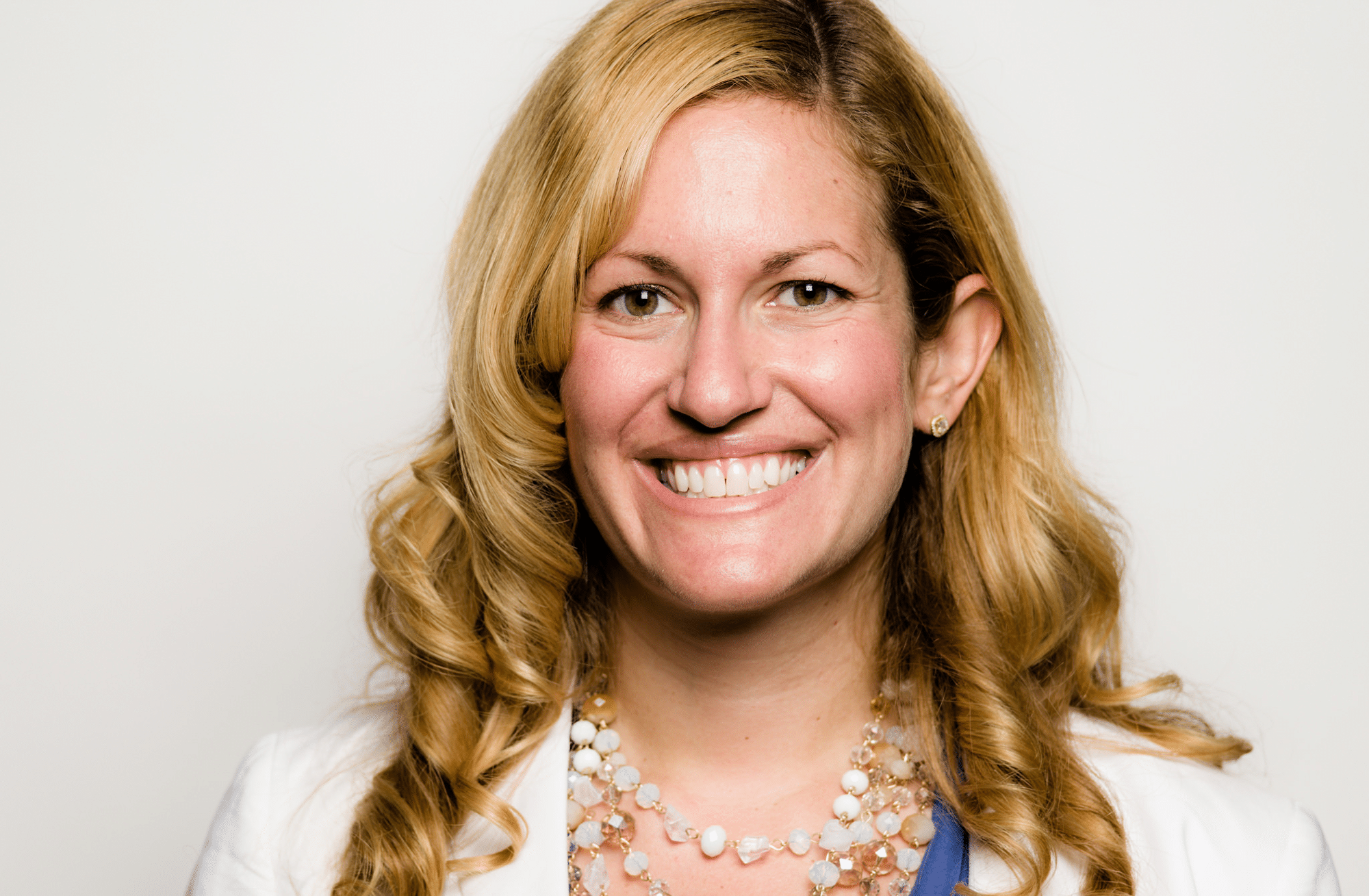Story at a glance:
-
- Kate Brandt is Google’s sustainability office and was the first federal chief sustainability officer under former President Obama.
- Google’s sustainability team is leading the way in using renewable power.
- Studies have shown that in 2016, our global demand for natural resources was 1.7 times what the earth can provide.
Few individuals in the sustainability space have yielded as much power as Kate Brandt. She was the nation’s first federal chief sustainability officer under President Obama and is now the sustainability lead for Google’s global operations.
Brandt will be a featured speaker at the VERGE conference this September in Santa Clara, California, where she will lead a pair of sessions on the circular economy and how it will soon transform the urban environment. “It starts with thinking about how each year our economy is consuming far more than our planet can naturally produce,” she says.
Brandt coordinates with Google’s data centers, real estate, supply chain, and product teams to ensure the company is capitalizing on opportunities to strategically advance sustainability and circular economy. She recently took time out of her busy schedule to sit down with Green Building & Design to discuss her thoughts on this rapidly developing concept, and to share a few of Google’s latest sustainability initiatives.
gb&d: What was your childhood like? Have you always been a nature-lover?
Brandt: I’m from a small beach town in Northern California called Muir Beach, which is surrounded by beautiful national and state park land and is named after the great environmentalist John Muir. So yes, having the opportunity to grow up outdoors and learn about the environment and conservation from a young age has really influenced me.
gb&d: Interestingly, that passion eventually led you to work at the Pentagon. Tell us about that.
Brandt: My academic background is in energy and climate security policy. I spent some time at the Department of Energy engaging deeply in energy technology policy and was also the energy advisor to the Secretary of the Navy. Part of my portfolio was the Navy and Marine Corps installations around the world, and I got to work with them on their sustainability strategies. It was a natural extension of my interest in energy and climate security.
gb&d: It’s more and more clear that climate change is a security issue, and it’s great to see how that was recognized under President Obama.
Brandt: I think that connection is pretty well accepted at this point. The federal government is the largest user of energy in the world, largely because of the Department of Defense. It was an incredible privilege to work on things like advanced biofuels for the Navy’s fleet, procuring renewable energy, and driving greater efficiency in energy and water use across the federal government.

Google’s Project Sunroof, launched in 2015, allows homeowners to explore their solar energy options. Photo courtesy of Google
gb&d: How did you make the leap from the federal government to Google?
Brandt: While leading the federal sustainability program I had the opportunity to work with a lot of chief sustainability officers. As we crafted a new federal sustainability strategy for the next decade, in many ways we were modeling the effort after the way the corporate sector does sustainability work. When the position at Google came along I was really excited to continue that work. What’s interesting to me is that both the U.S. military and Google have been leaders in driving large-scale renewable power buying. Back in 2010, Google signed its first power purchase agreement, and in 2012 we committed to 100% renewable energy. I was doing similar work with the Navy at that time. I’m really grateful to have been able to work for these different organizations that take a leadership role.
gb&d: What are Google’s priorities in terms of its own facilities?
Brandt: As we develop our offices around the world, we have a long-standing focus on values of sustainability, human health, and happiness. At the end of last year, we had 9.2 million square feet of facilities that had received LEED certification, and about 31% of our facilities in 2015 were Platinum-certified. We’ve leveraged other third-party rating systems as well, including WELL and the Living Building Challenge.
gb&d: How has Google applied its resources toward human health in the built environment?
Brandt: Our real estate team has a partnership with the Healthy Building Network to develop a tool called Portico, which is an online database that helps professionals find the healthiest materials possible for building projects. By the end of last year it had been used on nearly 200 projects around the world in 20 countries.

Portico will help professionals find healthy building materials. Photo courtesy of Google
gb&d: This month you’ll be discussing the concept of a circular economy at VERGE. How do you define the term?
Brandt: Studies have shown that in 2016, our global demand for natural resources was 1.7 times what the earth can provide. So we’re really living outside of the Earth’s budget in this linear economy that we’ve had since the Industrial Revolution, where you take a natural resource, burn fuel, make a product, and then it goes to the landfill as waste. A circular economy is a more restorative and regenerative model where we redefine our relationship to natural resources, whether that’s a shift to products as a service or designing waste out of systems. Circular economies are ultimately about driving both positive economic impact and environmental benefits.
gb&d: What is the role of cities in that vision?
Brandt: Cities are the engines of our modern economy. They generate 85% of today’s GDP, but consume 75% of the world’s natural resources. There is a huge opportunity for policymakers, planners, businesses, and individuals to rethink urban systems, and I think digital technology has a crucial role in that transition. Many of Google’s tools are already helping to move cities in that direction, whether in terms of traffic applications, healthy buildings, or how citizens consume energy.
gb&d: What are some examples of such tools?
Brandt: In 2015, we launched a tool called Project Sunroof, which enables homeowners to explore solar energy options. You type in your address to see if your roof is a good candidate for PV panels based on its orientation, shading, and location. We also built a tool called Data Explorer, which is the same idea except you punch in a zip code and it allows entire communities to see their solar potential—very helpful for policymakers working toward renewable solutions. Nest, another Alphabet company, has enabled 12 billion kWh of energy to be saved by consumers using smart thermostats in their homes.
gb&d: What up-and-coming technologies at Google are you most excited about?
Brandt: We’ve recently been experimenting with how machine learning can help us optimize energy use at our data centers and have found we can reduce the energy used for our cooling systems by 40%. So I’m really excited about the potential for applying machine learning to other industrial systems to drive efficiency in really powerful ways.




